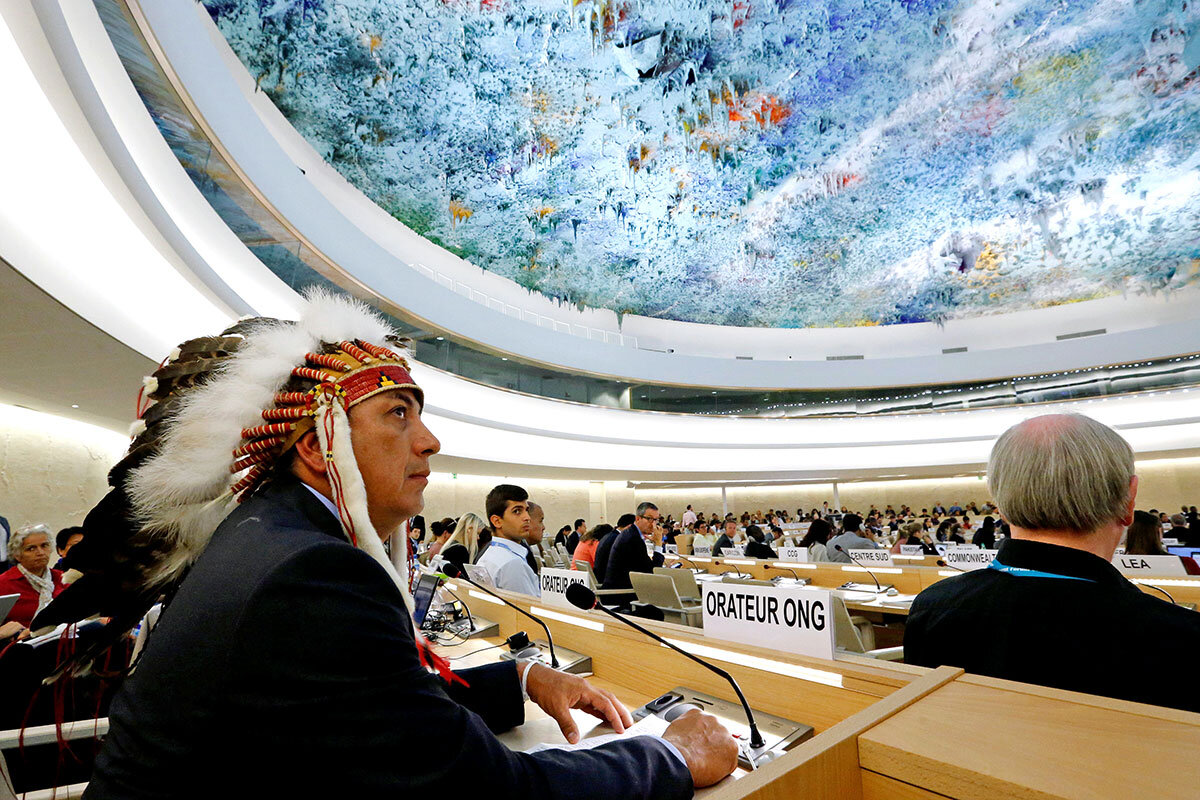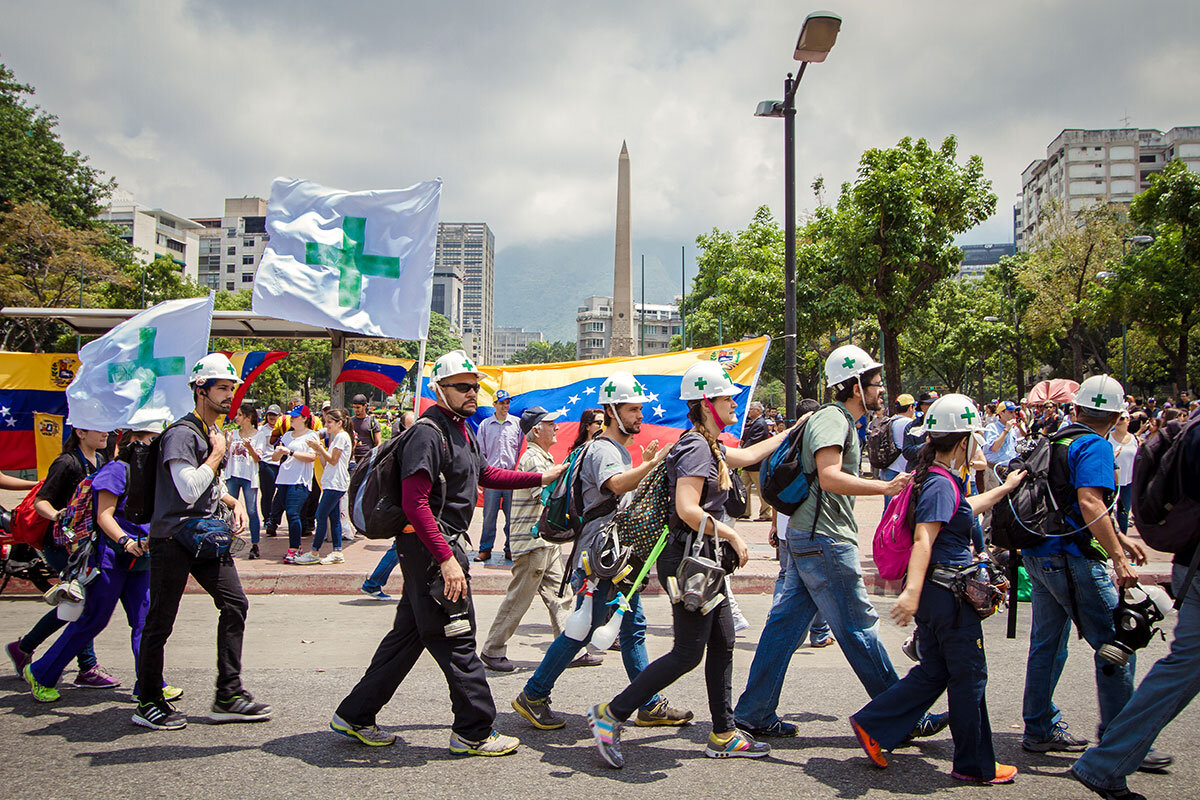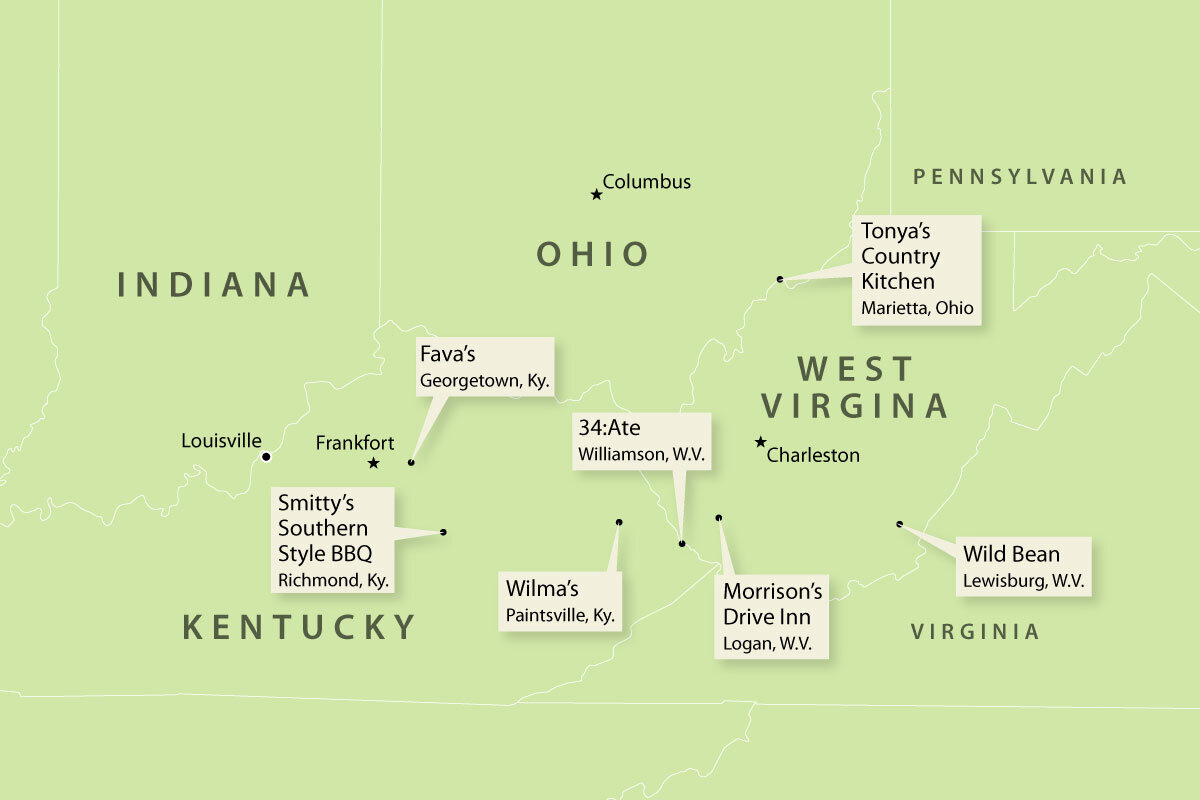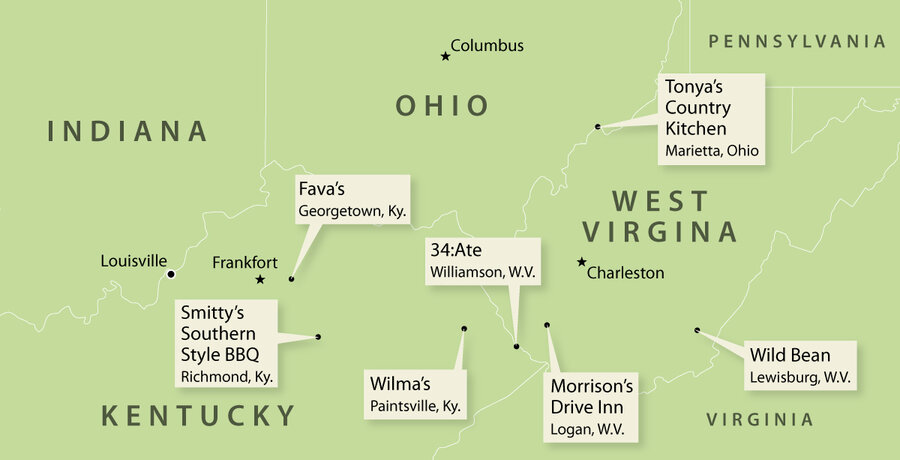A culture clash over verbal stylings
When attorneys for the Trump administration defended the president’s executive order targeting sanctuary cities this month, they urged a federal judge not to take its wide-ranging threats too seriously.
The order was merely an example of the president’s use of the “bully pulpit, serving the purpose of highlighting President Trump’s focus on immigration enforcement,” the administration’s council told US District Judge William Orrick in San Francisco.
That argument failed to persuade. On Tuesday, Judge Orrick put a temporary halt to Mr. Trump’s executive order threatening to withhold federal funds from jurisdictions that limit local cooperation with immigration officials. It was the third time since Trump took office that a federal court put a halt to one of his executive orders – and the third time a court cited the president’s free-flowing bully pulpit to rule that an order likely overstepped the bounds of the Constitution.
As a first-time politician, Trump reveled in flouting establishment niceties and saying things few others would dare. From the start, the New York billionaire has employed a style of shoot-from-the-hip hyperbole that can be considered more rhetorical art than precise public policy.
It’s a style suited for bursts of provocative Tweets or stream-of-consciousness speeches. In the courtroom, where judges value verbal precision, the president’s hyperbole, which often runs roughshod over factual details, has often worked against him.
“In some respects, what we’re seeing is new, because courts have not used that kind of information before,” says Nancy Kassop, professor of political science at the State University of New York at New Paltz. “But they haven’t had any reason to until now. They’re beginning to create a precedent that what a president says, even if it’s off-the-cuff, if it has policy consequence to it or policy significance to it, it can’t be ignored.”
In March, federal judges in Hawaii and Maryland halted the president’s executive order suspending immigration from “countries of concern,” citing administration officials’ many statements broadly condemning Islam, as well as candidate Trump’s statements calling for “a total and complete shutdown of Muslims entering the United States” – a statement still posted on the campaign site.
“Donald Trump appears to use rhetoric and words in a far different way from his predecessors,” says Mark Jones, a fellow at Rice University’s Baker Institute of Public Policy in Houston. “He’s far more prone to exaggeration and the use of language that is more of a metaphor for broader action rather than a concrete policy proposal.”
“However, our legal system, our judges, our public are used to past presidents’ presidential behavior, where what a president says is indicative of their intent, and that’s where President Trump’s actions on the campaign trail have got him into trouble in his first 100 days,” Mr. Jones continues.
Rhetoric vs. the law
In his battle against “sanctuary cities,” Trump, as well as surrogates such as White House press secretary Sean Spicer and Attorney General Jeff Sessions, have said his administration would wield federal funding as “a weapon” against states like California, where many jurisdictions limit cooperation with immigration officials.
The problem is that the president cannot simply wield funding as a kind of stick to prod states to get in line. Many Supreme Court precedents already limit the president’s ability to cut funding already allocated by Congress, legal experts say.
The president’s lawyers seemed to know this, arguing that the executive order should be interpreted more narrowly than the president’s public statements – or even the words of the order’s text itself. They told the judge to ignore the administration’s broad language, saying the president only had the power to withhold, at most, three small grants administered by the Departments of Justice and Homeland Security.
Trump’s lawyers also argued that the plaintiffs in the case, Santa Clara and San Francisco, should not have standing to sue, because the administration has not yet taken any action, or even defined what a sanctuary city is, exactly.
It was a curious concession that rendered the executive order “toothless,” Orrick wrote. The order, “by its plain language, attempts to reach all federal grants, not merely the three mentioned at the hearing.”
And given all the administration’s saber rattling about holding sanctuary cities to account, Orrick described the Trump administration’s arguments in court as “schizophrenic.”
'Culture clash'
“There is no doubt a culture clash going on between judges who use language precisely and a populist president who freewheels with language and often shoots from the hip,” says James Goodnow, an attorney with Fennemore Craig, headquartered in Phoenix, and a frequent legal commentator. “Judges are in the business of ascertaining intent.... Courts then have to do their best to figure out intent from the papers in front of them or witness testimony.”
“But Trump makes it easy,” he continues. “He live tweets his every thought to the entire world. In the case of the travel ban and his sanctuary city executive order, he indicated his apparent intent behind the laws time and again. In the sanctuary city case, justice department lawyers essentially argued that Trump was simply engaging in hyperbole … and he didn’t mean his comments to be taken literally.”
“But when it comes to matters of national security or people’s livelihoods, judges are trained that words matter,” Mr. Goodnow says.
The White House, in a statement, said Orrick’s ruling was “yet one more example of egregious overreach by a single, unelected district judge” who “unilaterally rewrote immigration policy for our nation.”
The president lashed out against the ruling on Twitter. "First the Ninth Circuit rules against the ban & now it hits again on sanctuary cities – both ridiculous rulings. See you in the Supreme Court!” Orrick is a district judge in San Francisco, not a member of the US Court of Appeals for the 9th Circuit.
Even without the rhetoric, the executive order may have faced profound constitutional hurdles, many legal scholars say.
Federalist principles at play
A number of conservative Supreme Court decisions have emphasized the concept of federalism. A concept dear to many conservatives, federalist principles may prevent the Trump administration from using funding as a weapon, scholars say.
Local governments cannot be compelled to enforce federal law, the high court has ruled. The Trump administration cannot coerce or “commandeer” state or local agencies to enforce any federal law, including immigration law. It can and does, however, enter into agreements – not requirements, legal scholars note – that deputize local officials as proxies to enforce federal immigration law.
Many “sanctuary” jurisdictions require a warrant from a judge before handing over a person to federal immigration officials. They argue that public safety is better ensured when immigrants are not afraid to cooperate with law enforcement. Besides, many say, they do not have the manpower or budget to take on the federal government's duties.
The Trump administration has also said that local jurisdictions must certify their compliance with a section of federal immigration law in order to receive certain federal grants. Section 1373 of the federal statute requires localities to share any information they have about an individual’s immigration status. But as legal scholars note, this section of the law does not, and cannot, require local entities to collect this information in the first place.
In addition, the Supreme Court has long ruled that any conditions attached to federal grants must be “unambiguously” stated in the text of the law “so that the States can knowingly decide whether or not to accept those funds.”
“The right way to do it is to get Congress to do it with future grants, and do it clearly and unambiguously and in a way that doesn’t, in the language of the court, doesn’t coerce state and local governments, but rather gives them choice to either take grants with conditions or decline grants entirely,” says Steven Schwinn, professor at the John Marshall School of Law in Chicago.
'Adjustment on both sides'
Courts, as well as foreign governments, have struggled with how seriously they should take Trump’s hyperbolic political style.
“There has to be adjustment on both sides,” says Jones. “President Trump needs to be more cognizant of the impact that his words, statements, and tweets have on how judges, foreign leaders and the American public views his policy proposals.”
“Both are trying to read [intent], but judges have to err on the side of caution. Foreign leaders are doing what’s in the best interests of their country, but judges have to err on side of caution.”
























